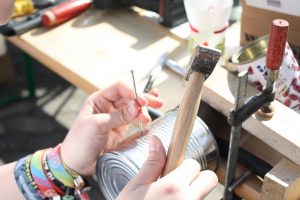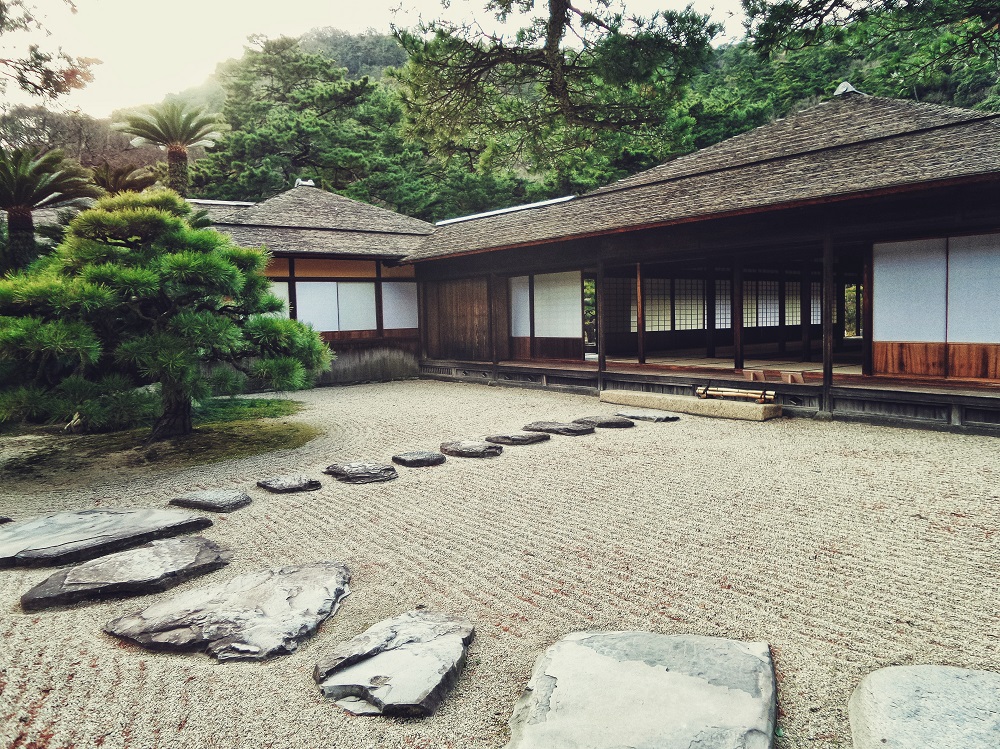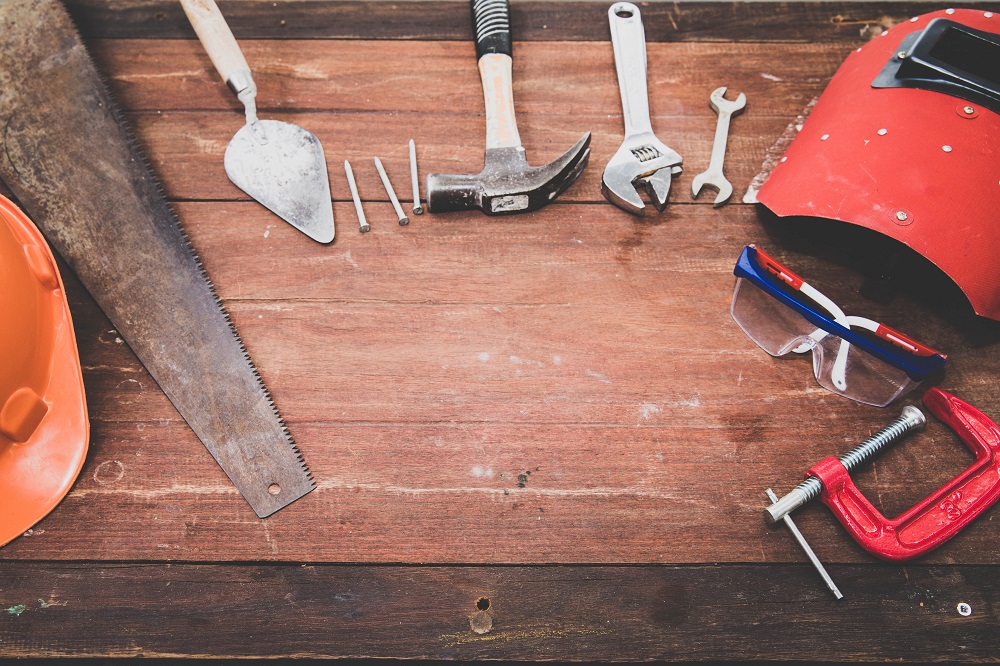You’ve probably heard of the term “upcycling” before and, like many handy men, assumed it was just another weird millennial fad. In a way, you’re not wrong, but it’s so much more than that, and you’d be surprised at how useful it is for the aspiring handy man.
The term originated from German entrepreneur Gunter Pauli’s book called, you guessed it, Upcycling. In the book, Pauli stresses the need for sustainability in manufacturing via “creative reuse”. In doing so, industries can not only produce quality products by transforming by-products, waste materials, useless, and unwanted objects for better environmental value, it also gives consumers the option of re-purposing old products.

Effective upcycling means that you create a product that will last longer than its constituent components, but also be the base of an even better product in the future. This ‘cradle-to-cradle’ approach was first espoused by chemist and architect duo William McDonough and Michael Braungart in their book Cradle to Cradle: Remaking the Way We Make Things. In their book, McDonough and Braungart criticized the ‘cradle-to-grave’ approach that industries have in manufacturing. With a cradle-to-grave approach, companies will create products with a limited lifespan so that they can sell more products in the future. Not only is it greedy, it’s also wasteful.
Cheap, clean, effective, and better for the environment, upcycling should be part of any handy man’s knowledge base.
But Isn’t That Just Recycling?
 Not quite. See, recycling is taking by-products, waste materials, useless, or unwanted objects and using these to create a new product of Lesser quality. Upcycling, on the other hand, wants to take those wasted or used objects and turn them into a product of superior quality.
Not quite. See, recycling is taking by-products, waste materials, useless, or unwanted objects and using these to create a new product of Lesser quality. Upcycling, on the other hand, wants to take those wasted or used objects and turn them into a product of superior quality.
In this way, people can prevent wasting useful materials, reducing the need for raw materials and energy usage, which in turn can reduce the harmful effects of factories that churn out these products (air and water pollution, greenhouse gas emissions, energy usage, among other things).
It’s also slightly different from restoration and refurbishing. Those two crafts are focused on taking something old and returning them to their original state. Meanwhile, upcycling is taking something old and elevating it into something better.
Upcycling isn’t just a fad; in 2013, social media sites Etsy and Pinterest saw an 879% increase in photos tagged with the term “upcycling”, showing just how popular the creative reuse movement is.
Ok, But How Does That Help Me?
This is where it gets good for handy men. Upcycling encourages a sustainable and regenerative design culture. This means that, using existing materials, handy men can create cleaner and better products that are of higher quality than their constituent parts.
It sounds too good to be true but think about it this way: when plastics are recycled, recycling centers take plastics of different kinds and collate them into a hybrid product. This product can then used as material for the manufacture of plastic lumber. However, unlike polymer ABS (the common raw material for plastic lumber), recycled plastics can suffer phase-separation. Phase separation is when a mixture starts breaking down into its individual parts. This wouldn’t be a problem, if you weren’t using that plastic to build a house!
But with upcycling, a skilled handy man can take an old product, apply some repairs here and there, and voila, you have an almost-new product. Depending on the material you’ve upcycled, it could make your product look vintage or antique. Either way, upcycling helps you create unique products that will last potentially longer than the old one.
 It’s not just for furniture, you can also upcycle clothes. It takes 400 gallons of water to create one shirt, but it only takes a couple of hours and moderate sewing skills to repurpose old pieces of cloth into something wearable.
It’s not just for furniture, you can also upcycle clothes. It takes 400 gallons of water to create one shirt, but it only takes a couple of hours and moderate sewing skills to repurpose old pieces of cloth into something wearable.
Upcycling also has the added advantage of being a potential source of income. With an upcycling approach to your work, you can create upcycled products from excess materials you probably have lying around the garage. That’s an extra revenue stream you didn’t know you had, with the only investment being your time and skills.
But upcycling isn’t just for the professionals, even the homebased handy man can benefit. For one, learning how to properly upcycle old materials will reduce the need for purchasing new products when the old one breaks. It can also help you get in touch with your artistic side; upcycling relies on the craftsman’s artistic vision and creativity to determine the kind of product you will create.
You might think to yourself, “That sounds like something I’ve been doing for awhile now!”, and you might be right. If you’ve ever taken, say, an old barn door and refurbished it to be used as an interior finish for a house, that’s upcycling. For handy men, it’s not the newest of concepts, but it is something worth refreshing your memory.
The upcycling movement signifies not just a shift towards a greener future, it’s also a shift towards sustainability. More importantly, self-sustainability. Upcycling empowers handy men like you to being independent of corporate interests and helps you produce products that you created with your own two hands.


